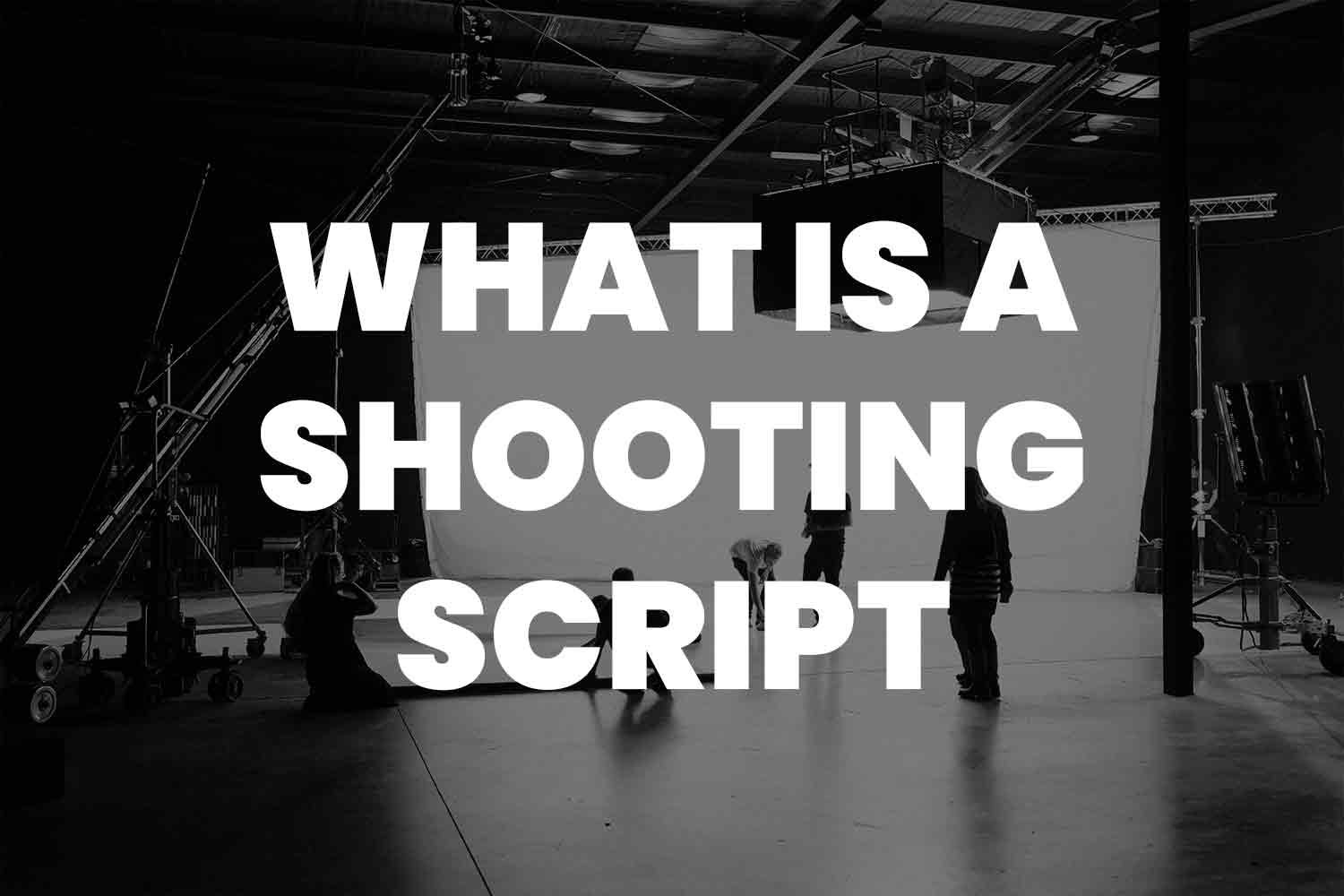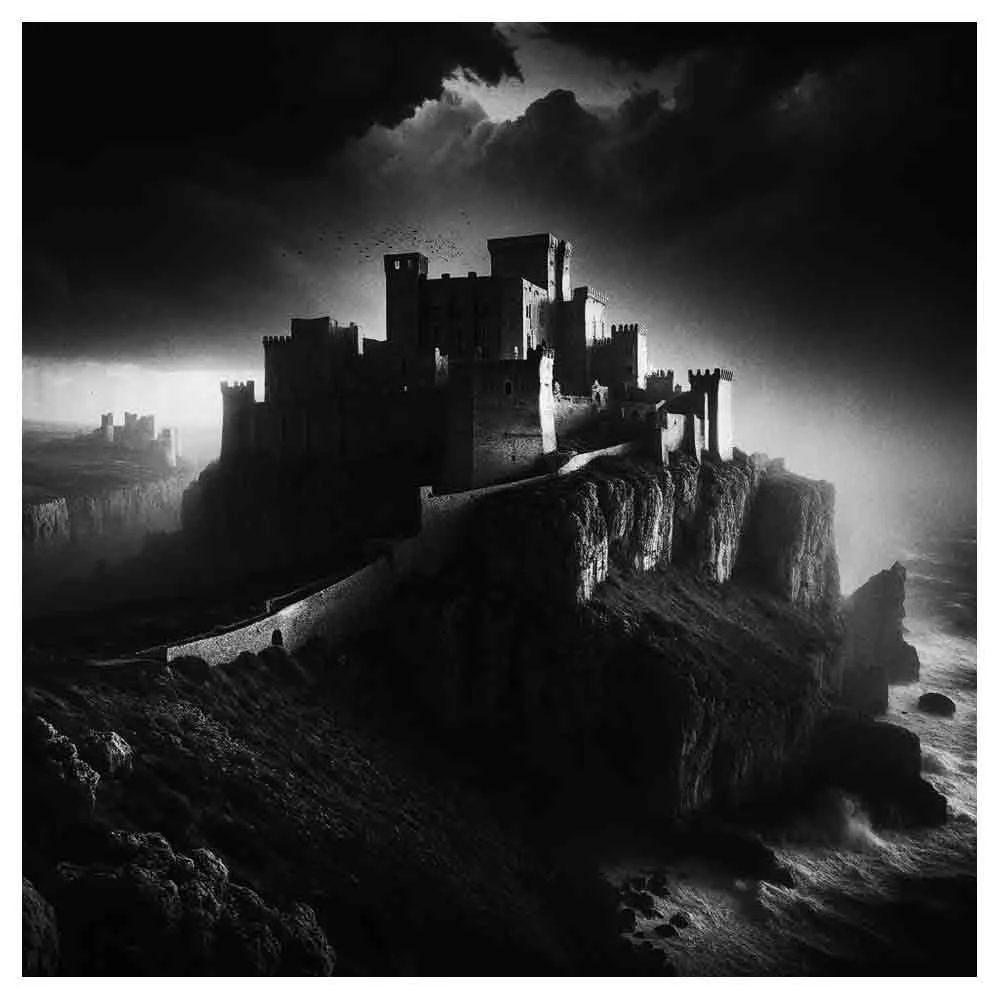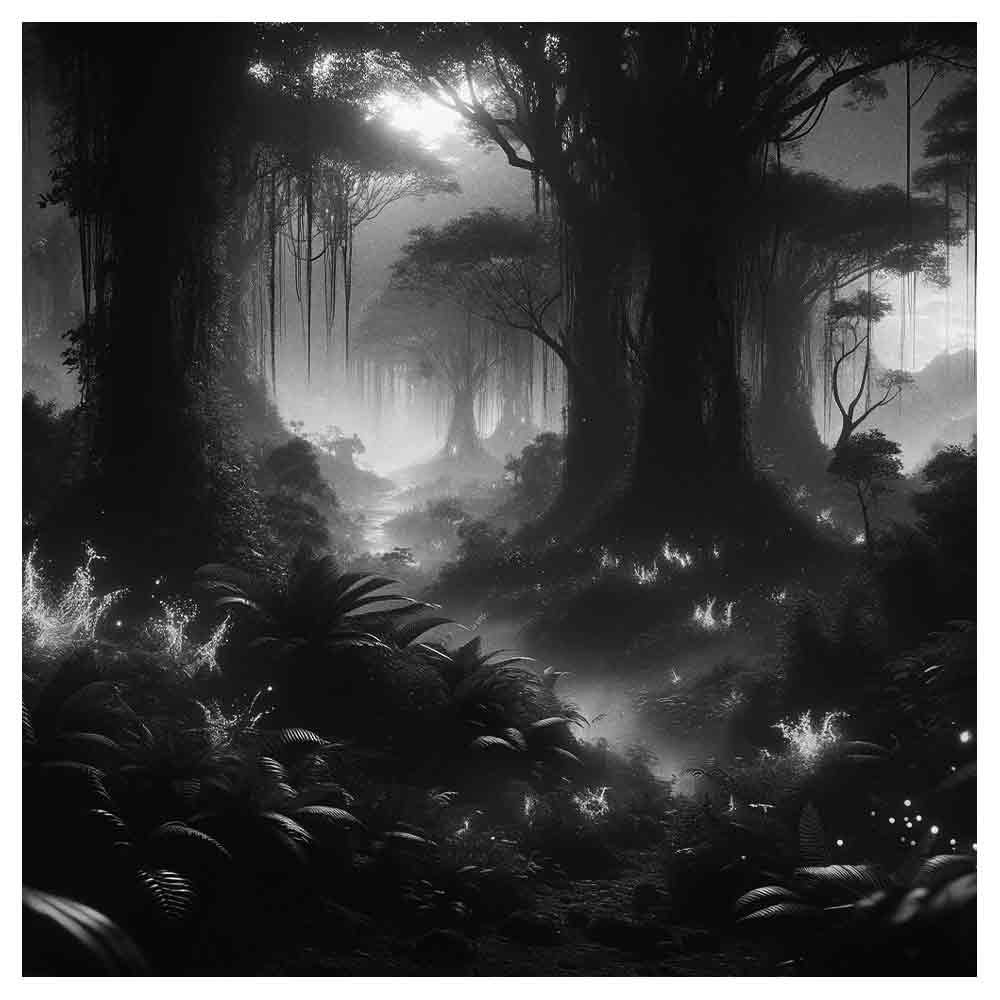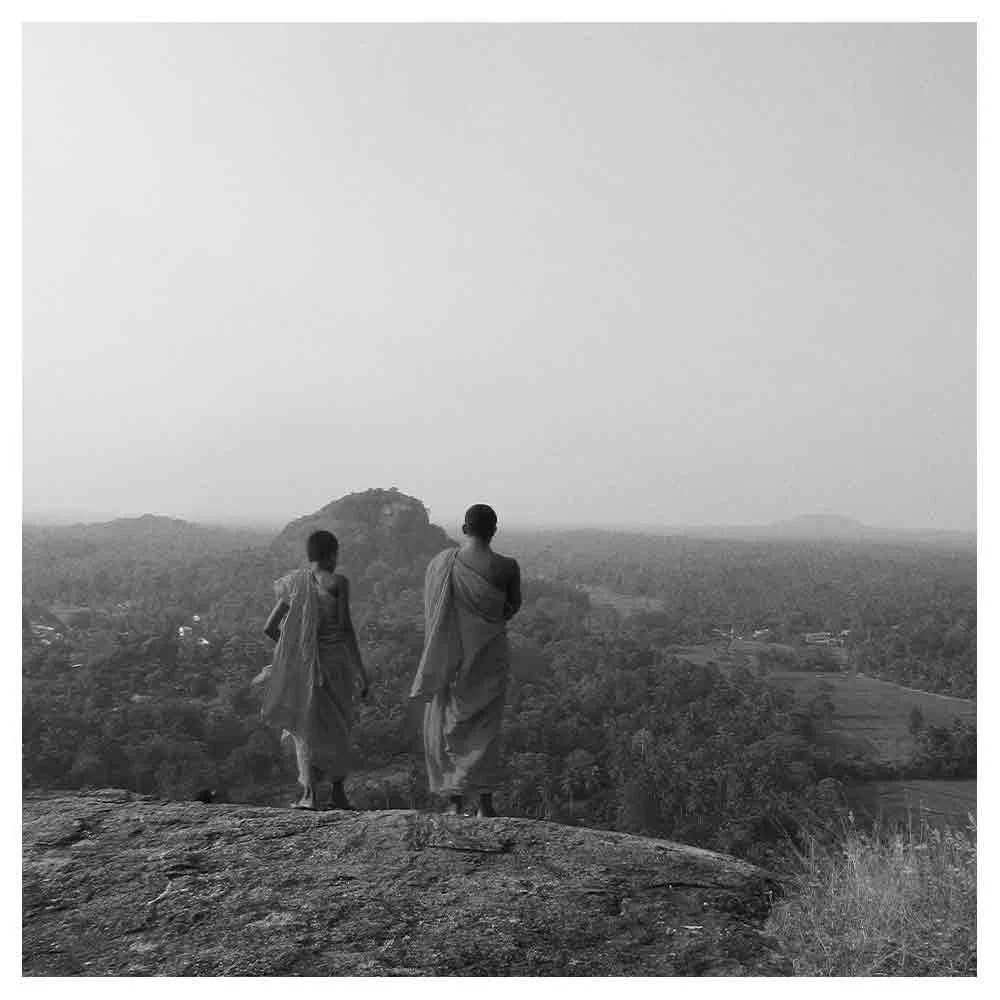What Is A Shooting Script? A Comprehensive Overview
Shooting scripts are like a compass in the vast sea of film production. They guide a production team through each scene, providing the necessary details that bring the written words of a screenplay to life on the silver screen.
They represent the meticulous process of planning and organizing a motion picture from the standpoint of the director, the production crew, and the production company. A good shooting script takes the original screenplay and turns it into a visual, technical blueprint.
This blog post will delve into the fascinating world of shooting scripts, providing shooting script examples, discussing the shooting script format, and even sharing a shooting script template that could inspire you to write your own shooting script. So, sit tight as we start this thrilling journey.
What is a Shooting Script?
While an original script or a spec script is a narrative that tells a story through dialogues and brief descriptions of settings and actions, a shooting script is a more complex beast. It's the final version of a screenplay, incorporating all script revisions and preparing for the entire production.
Shooting scripts are broken down into individual scenes, each labeled with scene numbers, and contain specific details such as camera angles, camera shots, shot descriptions, and actor blocking.
These technical elements guide the production team on what to do and how to do it when it's time to start shooting.
The transition from a spec script to a shooting script involves several key processes, often managed by the director and an assistant director.
The process includes organizing scenes based on location, creating a detailed shot plan, mapping out a shooting schedule, and many other technical details crucial for an efficient shoot.
Let's dive deeper into what these scripts look like and the processes behind creating them.
The Anatomy of a Shooting Script
The front of a shooting script is quite similar to any other script. It features a title page with the title, writer's name, and contact information of either the writer or the representing agent. But as soon as you flip over to the first page, you'll begin to see differences.
The script is divided into scenes with distinct scene numbers located in the upper left-hand corner. The page numbers are located at the top right of each page.
The scene's details and requirements, including its location, time of day, camera directions, and sound effects, are written out more explicitly than you'd find in a spec script.
Here is an example:
EXT. PARK - DAY - 5
WIDE SHOT: LISA and MARK sit on a bench. Mark is nervously fidgeting with a small box in his hand.
CLOSE UP: LISA as she notices the box and looks surprised.
REVERSE SHOT: MARK as he opens the box to reveal a ring.
This list will be followed by dialogue and other important details.
This description allows anyone reading the script - from the director to the camera operator - to understand the shots, the location, and the action happening in the scene.
A shooting script also includes a shot list at the end of each scene, detailing all the different shots required for the scene.
How to Write a Shooting Script
The process of creating a shooting script starts with a first draft or a spec script. Then comes the revision process. There might be several rounds of revisions, each involving different members of the production team.
For instance, the director might request changes to dialogue or scene structure. The cinematographer might request specific shot descriptions. The production designer might need additional details about a scene's environment.
These revisions, known as blue revisions or pink revisions (referring to the colored pages used to denote changes in physical scripts), are integrated into the shooting script. They are essential for maintaining an updated version of the script that caters to the entire production team's needs.
The shooting script then goes through a process called "script breakdown," where it's dissected into individual scenes and analyzed for various elements needed for the shoot.
This includes props, costumes, special effects, and more. This breakdown is usually done scene-by-scene and results in a comprehensive shot list and shooting schedule.
Scene numbers play an essential role in this process. Scenes are usually numbered in the order they appear in the script, which is typically not the order in which they're shot. Scenes that take place at the same location, for example, are often shot together to save time.
A tool often used to aid in this process is screenwriting software. These applications provide a standard format for screenplays and shooting scripts, and they often have features that automate the breakdown process, making it easier to track elements and organize the shooting schedule.
The Final Touches
Once the shooting script is finalized, it's distributed to the production team, and the shoot can start. However, the shooting script isn't set in stone.
As the filming begins, there could be last-minute changes due to a variety of factors such as weather, actor availability, or even creative decisions from the director.
Script revisions are frequent, and multiple versions of the shooting script can exist. Remember, the shooting script is a living document that evolves as the production progresses. It requires regular updates to keep everyone on the same page.
As you can see, shooting scripts are more than just blueprints; they are the lifeblood of the filmmaking process. Understanding how to write a shooting script and appreciating its role in a production is essential for anyone interested in or involved with filmmaking.
Whether you are a seasoned director, an aspiring screenwriter, or a passionate film enthusiast, gaining a deep understanding of shooting scripts is a valuable tool in your cinematic toolbox.
To end this post, here's a great example of a shooting script from the movie 'The Godfather':
INT. DON'S OFFICE - DAY -- 1
CLOSE UP on BONASERA, a middle-aged Italian undertaker, seated across from DON CORLEONE, the Don sitting behind his desk.
BONASERA
(near tears)
I believe in America...
As the conversation continues, the camera cuts to TWO SHOT of Don and Bonasera, occasionally showing other **crew members** moving subtly in the background.
Writing a shooting script is like solving a complex puzzle. Each piece, from scene numbers to camera angles, must fit perfectly to create a seamless plan for a successful shoot. The resulting work - a motion picture - is a testament to the meticulous planning, creative vision, and tireless effort encapsulated in the shooting script. It's a world where words on pages transform into compelling stories through moving images.
Happy writing, and may your shooting scripts always guide your creative journey!






























